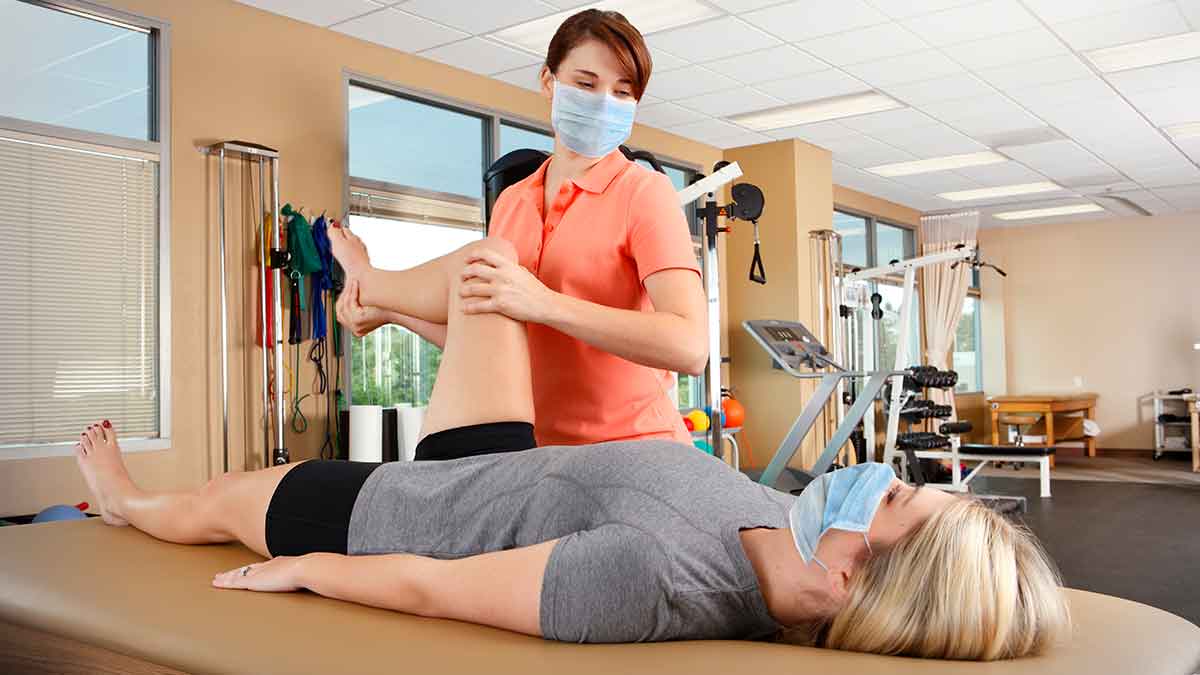Effective Fluid Techniques for Ideal Rehabilitation After Exercise
Wiki Article
Hydration is a vital aspect of restoration after exercise. When people engage in fitness activity, their systems lose fluids through perspiration and respiration. This depletion can lead to fluid loss, which adversely impacts recovery and overall effectiveness. To ensure optimal recovery, it is important to understand efficient hydration techniques. Staying adequately hydrated helps replenish lost liquids, restore electrolyte balance, and support muscle recovery.

One efficient method for hydration is to drink water prior to, during, and following exercise. Consuming water before exercise prepares the system for fitness activity and helps prevent dehydration from the beginning. During exercise, taking little sips of water can maintain hydration levels, especially during extended or intense workouts. After exercising, consuming water replenishes lost liquids and aids in restoration. It is important to pay attention to the system and drink water when feeling thirst, as this is a natural indicator of hydration requirements.
In addition to water, sports drinks can be beneficial for hydration, especially following intense exercise. These drinks often include electrolytes such as sodium and potassium, which are lost through sweat. Restoring these electrolytes is crucial for muscle understanding soft tissue injuries in physical therapy function and overall restoration. However, it is essential to choose sports drinks cautiously, as some contain high levels of sugar. Choosing for low-sugar or electrolyte-focused drinks can provide the necessary advantages without excessive calories.
Another crucial approach is to observe urine color as an indicator of hydration level. A pale yellow color typically signifies proper hydration, while deep urine may indicate dehydration. This easy method helps people assess their liquid intake and make modifications as needed. Additionally, consuming hydrating foods such as fruits and vegetables can add to overall liquid intake. Foods like melon, cucumbers, and oranges have high water content and can support hydration initiatives.
Lastly, developing a hydration plan can enhance recovery after physical activity. This plan should include specific amounts of water and electrolytes to intake based on personal activity levels and surrounding conditions. Visit This Link By establishing hydration goals, individuals can ensure they meet their requirements regularly. Implementing these efficient hydration strategies can lead to improved recovery, better performance, and overall well-being after exercise.